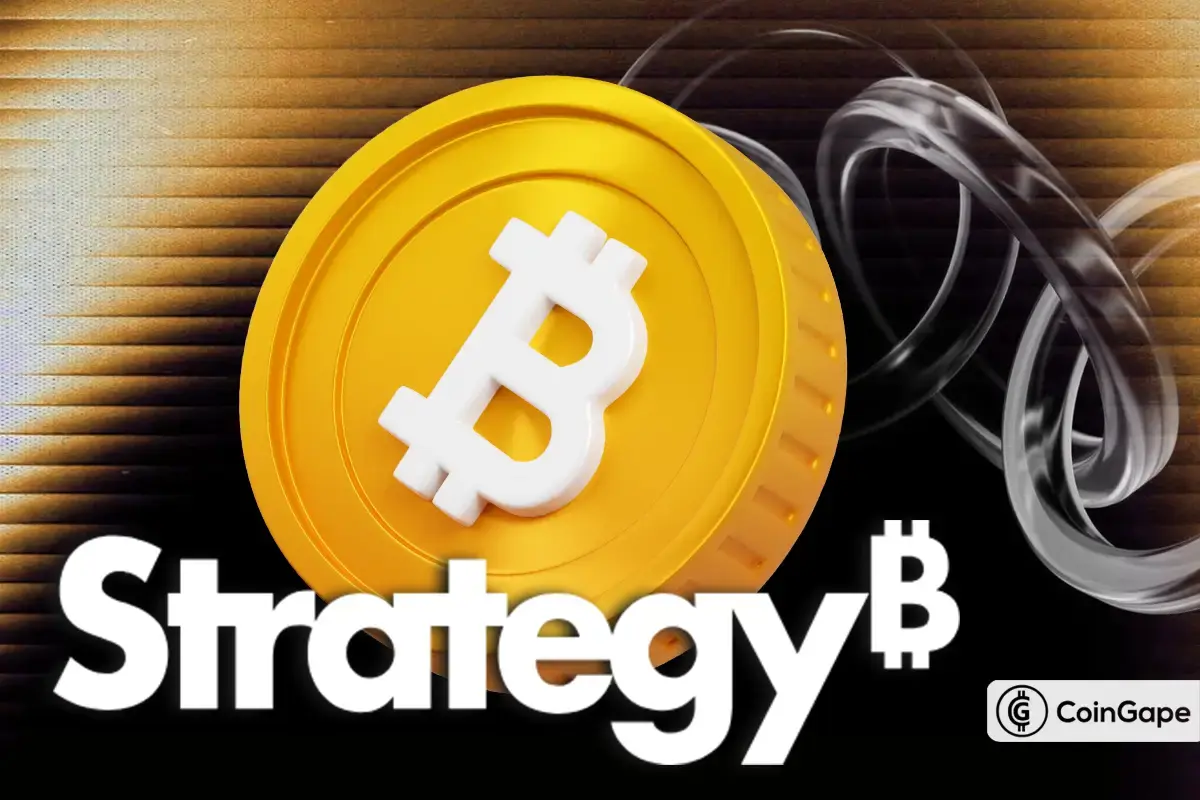 CaryptosHeadlines Media Has Launched Its Native Token CHT.
Airdrop Is Live For Everyone, Claim Instant 5000 CHT Tokens Worth Of $50 USDT.
Join the Airdrop at the official website,
CryptosHeadlinesToken.com
CaryptosHeadlines Media Has Launched Its Native Token CHT.
Airdrop Is Live For Everyone, Claim Instant 5000 CHT Tokens Worth Of $50 USDT.
Join the Airdrop at the official website,
CryptosHeadlinesToken.com
- ICE & Circle push USDC into mainstream finance, boosting efficiency but raising concerns over decentralization and oversight.
- Stablecoins in capital markets enhance liquidity, yet tighter regulations may limit accessibility and financial inclusivity.
- Tokenized assets bridge crypto & traditional finance, but the shift may redefine the balance between control and decentralization.
According to Circle CEO Jeremy Allaire, Intercontinental Exchange (ICE) and Circle have announced a major step toward integrating USDC into traditional financial markets. This partnership aims to enhance capital markets by leveraging fully reserved digital dollars for settlements, collateral, and clearing operations. With increasing regulatory clarity, the use of USDC and USYC in global markets is expected to accelerate.
The integration of USDC into ICE’s market structure could revolutionize trading and settlements. Besides, digital dollars offer instant conversion into cash for derivatives and margin trading. This move enhances capital efficiency while ensuring a safer and more streamlined financial ecosystem. Moreover, tokenization and on-chain programmable money introduce new capabilities for capital allocation and risk management. With federal stablecoin legislation on the horizon, further developments in this sector are expected.
Centralization vs. Decentralization Debate
However, some industry experts express concerns about the implications of such deep integration. While USDC adoption within traditional markets brings faster settlements and improved liquidity, it also raises questions about decentralization. Additionally, as financial institutions rely on USDC for settlements, compliance regulations may tighten, increasing oversight and control. This could limit accessibility, making stablecoins a tool for efficiency rather than financial empowerment.
Moreover, programmable money embedded within a highly regulated framework may restrict permissionless access. Hence, the shift toward integrating stablecoins into centralized financial markets could redefine the balance between control and decentralization. The key challenge remains whether blockchain-based financial systems will retain open-access attributes or become extensions of existing regulatory structures.
Future Implications and Market Adoption
This partnership marks a new era for stablecoin adoption within institutional finance. Furthermore, it sets a precedent for future collaborations between digital asset firms and major market infrastructure providers. As ICE and Circle move forward, the financial industry anticipates new use cases for tokenized assets. Besides, these developments highlight the growing convergence between blockchain technology and traditional financial systems.












